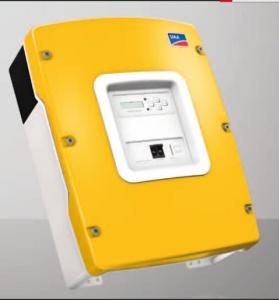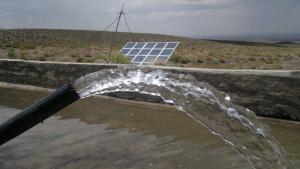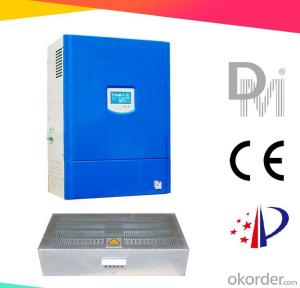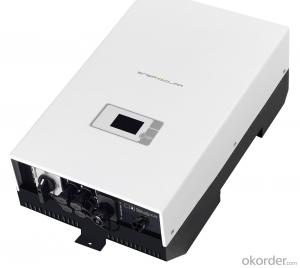Best Solar Off Grid Inverter
Best Solar Off Grid Inverter Related Searches
Led Light Bulbs For Ceiling Fixtures Led Lamps For Ceiling 42 In Ceiling Fan With Light Parts For Light Fixtures Light Projector For Christmas Grill With Led Light Bar Hanging Lights For Kitchen Bar Ceiling Lights For Sitting Room Ceiling Brackets For Lights Ceiling With Led LightsHot Searches
Aluminium Wire Mesh Manufacturers India Ceiling Fan Lowest Price Aluminium Scaffold Planks Sale Aluminium Walkway Mesh Prices Aluminum Bar Stock For Sale High Mast Light Price List Solar High Mast Light Specification High Mast Light Specification 6061 Aluminum Bar Stock Price Aluminum Bar Stock Price Stage Light Price Solar Inverter Fault Light Led Light Manufacturers Aluminum Round Bar Stock Sizes Aluminum Round Bar Stock Near Me Ceiling Fan Lowest Price Aluminum Flat Bar Stock Near Me Aluminum Bar Stock Sizes Aluminum Bar Stock Suppliers Aluminum Bar Stock Near MeBest Solar Off Grid Inverter Supplier & Manufacturer from China
Okorder.com is a professional Best Solar Off Grid Inverter supplier & manufacturer, offers integrated one-stop services including real-time quoting and online cargo tracking. We are funded by CNBM Group, a Fortune 500 enterprise and the largest Best Solar Off Grid Inverter firm in China.Hot Products
FAQ
- Yes, a solar inverter can be used in systems with different module strings. Solar inverters are designed to be compatible with a wide range of module string configurations, allowing for flexibility in system design and installation. The inverter's maximum input voltage and power ratings should be considered to ensure compatibility with the different module strings, but as long as these specifications are within the inverter's limits, it can effectively convert the DC power generated by the module strings into AC power for use in the system.
- Yes, a solar inverter can be used in a solar water pumping system. The inverter is responsible for converting the direct current (DC) generated by the solar panels into alternating current (AC) required to power the water pump. This allows for efficient and reliable operation of the pumping system using solar energy.
- Yes, a solar inverter can be used with a solar-powered lighting system. A solar inverter is responsible for converting the direct current (DC) energy generated by the solar panels into usable alternating current (AC) electricity. This AC electricity can then be utilized by the lighting system for illumination.
- Some safety measures to consider when installing a solar inverter include: 1. Proper grounding: Ensure that the inverter is properly grounded to prevent electrical shocks and to maintain system stability. 2. Compliance with electrical codes: Adhere to local electrical codes and regulations to ensure safe installation and minimize the risk of electrical hazards. 3. Disconnecting power: Before starting the installation, make sure to disconnect power from the solar panels and the grid to avoid electrical accidents. 4. Proper ventilation: Install the inverter in a well-ventilated area to prevent overheating and potential fire hazards. 5. Adequate wiring: Use appropriate wire sizes and proper connections to handle the current capacity of the inverter and minimize the risk of electrical short circuits or fires. 6. Surge protection: Install surge protectors to safeguard the inverter and connected devices against power surges and lightning strikes. 7. Regular maintenance: Perform routine maintenance and inspections to ensure the inverter is functioning properly and to identify any potential safety issues. 8. Qualified installation: It is recommended to have the solar inverter installed by a qualified professional who is knowledgeable about electrical systems and safety measures. By following these safety measures, the risk of electrical accidents or system malfunctions can be minimized, ensuring a safe and reliable solar inverter installation.
- No, a solar inverter cannot be used for both single-phase and three-phase applications. The type of inverter required depends on the specific electrical requirements of the system. Single-phase inverters are designed for single-phase applications, while three-phase inverters are specifically designed for three-phase applications.
- A solar inverter handles voltage flicker in the grid by continuously monitoring the grid voltage. When it detects a flicker, it adjusts its output power accordingly to stabilize the voltage and maintain a consistent power supply to the connected loads. This helps prevent disruptions and ensures a smooth operation of the grid.














































